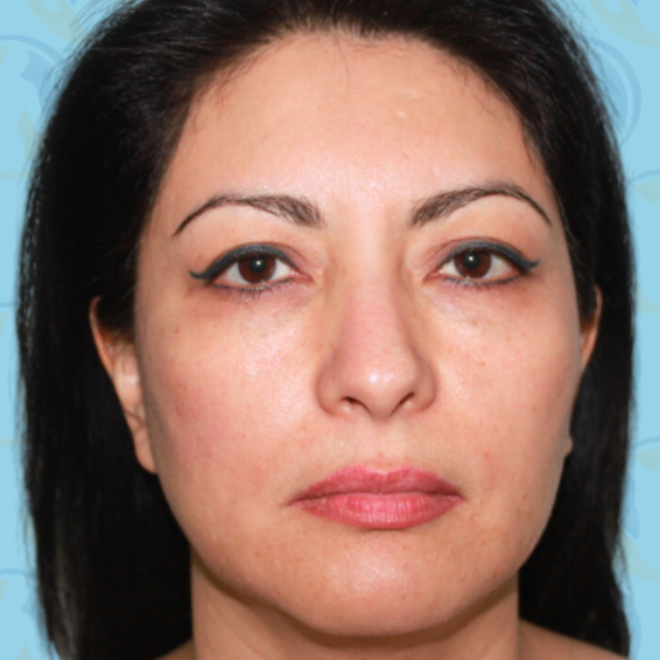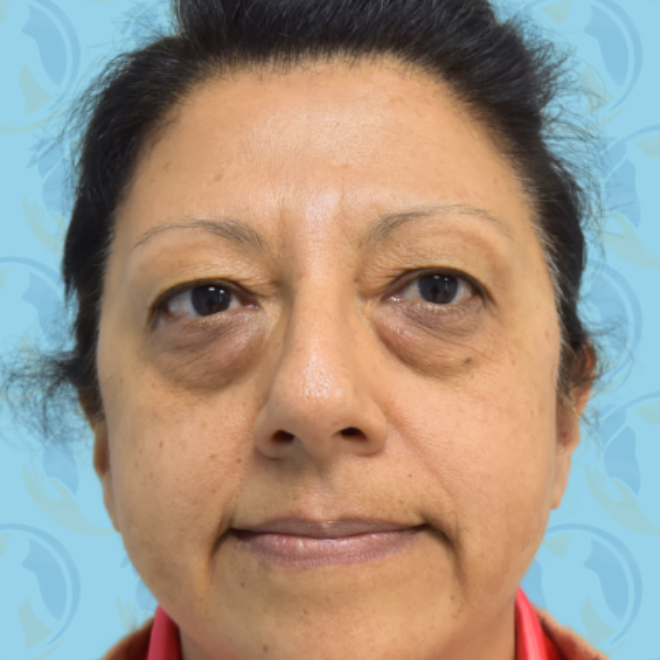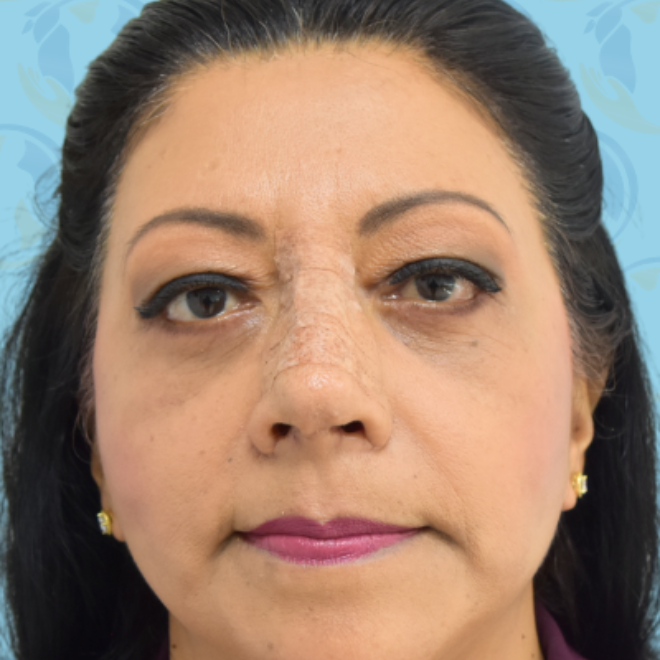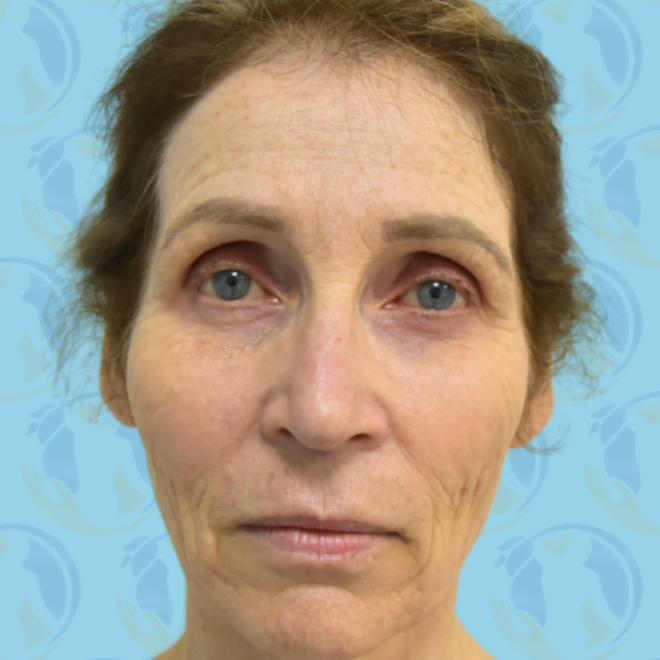Otoplasty
Conveniently located to serve the areas of Tijuana, Mexico

Otoplasty is usually done to set prominent ears back closer to the head or to reduce the size of large ears. If you are considering otoplasty, this section will give you a basic understanding of the procedure.
Contents
Considerations
Ear surgery, or otoplasty, is usually done to set prominent ears back closer to the head or to reduce the size of large ears. For the most part, the operation is done on children between the ages of four and 14. Ears are almost fully grown by age four, and the earlier the surgery, the less teasing and ridicule the child will have to endure. Ear surgery on adults is also possible, and there are generally no additional risks associated with ear surgery on an older patient. If you’re considering ear surgery for yourself or your child, this information will give you a basic understanding of the procedure when it can help, how it’s performed, and what results you can expect. It can’t answer all of your questions, since a lot depends on your individual circumstances.
Please be sure to ask your doctor if there is anything you don’t understand about the procedure.
Risks
When ear surgery is performed by a qualified, experienced surgeon, complications are infrequent and usually minor. Nevertheless, as with any operation, there are risks associated with surgery and specific complications associated with this procedure. A small percentage of patients may develop a blood clot on the ear. It may dissolve naturally or can be drawn out with a needle. Occasionally, patients develop an infection in the cartilage, which can cause scar tissue to form. Such infections are usually treated with antibiotics; rarely, surgery may be required to drain the infected area.
Consultation
Most surgeons recommend that parents stay alert to their child’s feelings about protruding ears; don’t insist on the surgery until your child wants the change. Children who feel uncomfortable about their ears and want the surgery are generally more cooperative during the process and happier with the outcome.
In the initial meeting, your surgeon will evaluate your child’s condition, or yours if you are considering surgery for yourself, and recommend the most effective technique. He or she will also give you specific instructions on how to prepare for surgery:
Surgery Location
Ear surgery is usually performed as an outpatient procedure in a hospital, a doctor’s office-based surgical facility, or a freestanding surgery center.
Occasionally, your doctor may recommend that the procedure be done as an inpatient procedure, in which case you can plan on staying overnight in the hospital.
Types of Anesthesia
If your child is young, your surgeon may recommend general anesthesia, so the child will sleep through the operation. For older children or adults, the surgeon may prefer to use local anesthesia, combined with a sedative, so you or your child will be awake but relaxed.
Post Procedure
Getting Back to Normal
Adults and children are usually up and around within a few hours of surgery, although you may prefer to stay overnight in the hospital with a child until all the effects of general anesthesia wear off.
The patient’s head will be wrapped in a bulky bandage immediately following surgery to promote the best molding and healing. The ears may throb or ache a little for a few days, but this can be relieved by medication.
Within a few days, the bulky bandages will be replaced by a lighter head dressing similar to a headband. Be sure to follow your surgeon’s directions for wearing this dressing, especially at night.
Stitches are usually removed, or will dissolve, in about a week.
Any activity in which the ear might be bent should be avoided for a month or so. Most adults can go back to work about five days after surgery. Children can go back to school after seven days or so, if they’re careful about playground activity. You may want to ask your child’s teacher to keep an eye on the child for a few weeks.
Other ear problems
Besides protruding ears, there are a variety of other ear problems that can be helped with surgery. These include: “lop ear,” when the tip seems to fold down and forward; “cupped ear,” which is usually a very small ear; and “shell ear,” when the curve in the outer rim, as well as the natural folds and creases, are missing. Surgery can also improve large or stretched earlobes, or lobes with large creases and wrinkles. Surgeons can even build new ears for those who were born without them or who lost them through injury.
Sometimes, however, the correction can leave a scar that’s worse than the original problem. Ask your surgeon about the effectiveness of surgery for your specific case.
More natural-looking ears
Most patients, young and old alike, are thrilled with the results of ear surgery. But keep in mind, the goal is improvement, not perfection. Don’t expect both ears to match perfectly-perfect symmetry is both unlikely and unnatural in ears. If you’ve discussed the procedure and your expectations with the surgeon before the operation, chances are, you’ll be quite pleased with the result.
Contact
We’re only 2 minutes away from the US border, book now and save up to 60% on your procedure, (Compared to most US plastic cosmetic surgeons).













